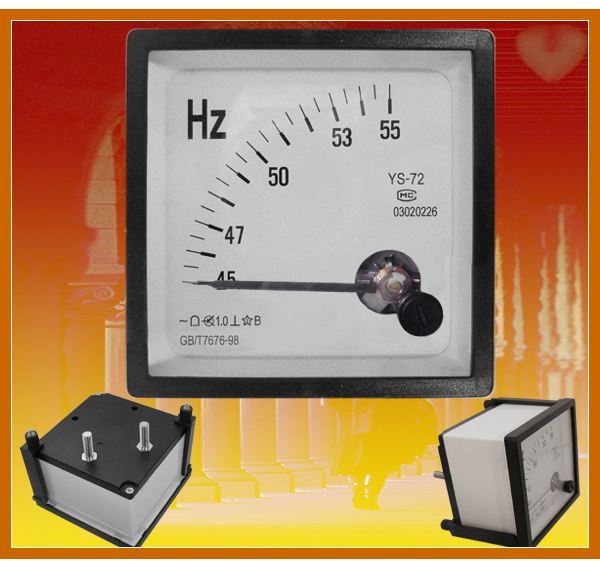

The output includes both the one-tail and the two-tail critical values.542 The test assumes that the variances in the two groups are known (though not necessarily equal to each other). See “Output Options” at the beginning of this section for information on the output storage options.z-Test: Two Sample for Means The z-Test: Two Sample for Means command calculates the unpaired two sample z test.

If no value is en- tered, a mean difference of zero is assumed.Labels Indicate whether the first row of the Y range and that of the X range include header information.Alpha Enter an alpha value used to calculate the critical values of the t shown in the output. Hypothesized Mean Difference Enter a mean difference with which to calculate the t test. The output includes both the one-tail and the two-tail critical values.Variable 1 Range Enter the input range of the first sample it must be a single row or column.Variable 2 Range Enter the input range of the second sample it must be a single row or column. The test allows the variances in the two groups to be unequal. See “Output Options” at the beginning of this section for information on the output storage options.t-Test: Two-Sample Assuming UnequalVariances The t-Test: Two-Sample Assuming Unequal Variances command calculates the unpaired two-sample Student’s t-test. Enter an alpha value used to calculate the critical values of the t shown in the output. Labels Indicate whether the first row of the Y range and that of the X range includeAlpha header information. If no value is en- tered, a mean difference of zero is assumed.540 The output includes both the one-tail and the two-tail critical values.Variable 1 Range Enter an input range for the first sample it must be a single row or column.Variable 2 Range Enter an input range for the second sample it must be a single row or column.Hypothesized Mean Difference Enter a mean difference with which to calculate the t-test. The test assumes that the variances in the two groups are equal. See “Output Options” at the beginning of this section for information on the output storage options.t-Test: Two-Sample Assuming Equal Variances The t-Test: Two-Sample Assuming Equal Variances command calculates the unpaired two-sample Student’s t-test. Excel Reference 539Īlpha Enter an alpha value used to calculate the critical values of the t shown in the output. If no value is entered, a mean difference of zero is assumed.Labels Indicate whether the first row of the Y range and that of the X range include header information. The output includes both the one-tail and the two-tail critical values.Variable 1 Range Enter the input range of the first sample it must be a single row or column.Variable 2 Range Enter the input range of the second sample it must be a single row or column.Hypothesized Mean Difference Enter a mean difference value with which to calculate the t-test. T-Test: Paired Two Sample for Means The t-Test: Paired Two Sample for Means command calculates the paired two-sample Student’s t-test.

See “Output Options” at the beginning of this section for information on the output storage options.538

The range must be contiguous.Labels Indicate whether the first row of the Y range and that of the X range include header information.Sampling Method Click the sampling method you want.Periodic Click to sample values from the input range period cells apart enter a value for period in the corresponding box.Random Click to create a random sample the size of which you enter in the corre- sponding box. Input Range Enter the range of worksheet data you want to sample.


 0 kommentar(er)
0 kommentar(er)
